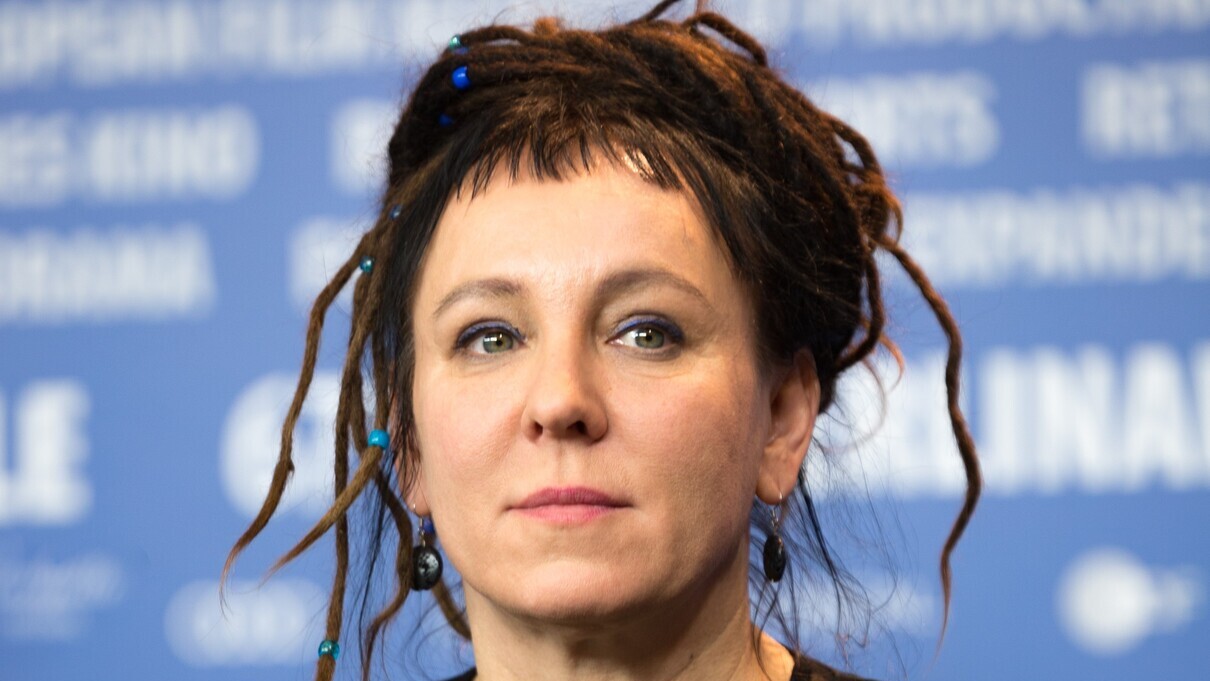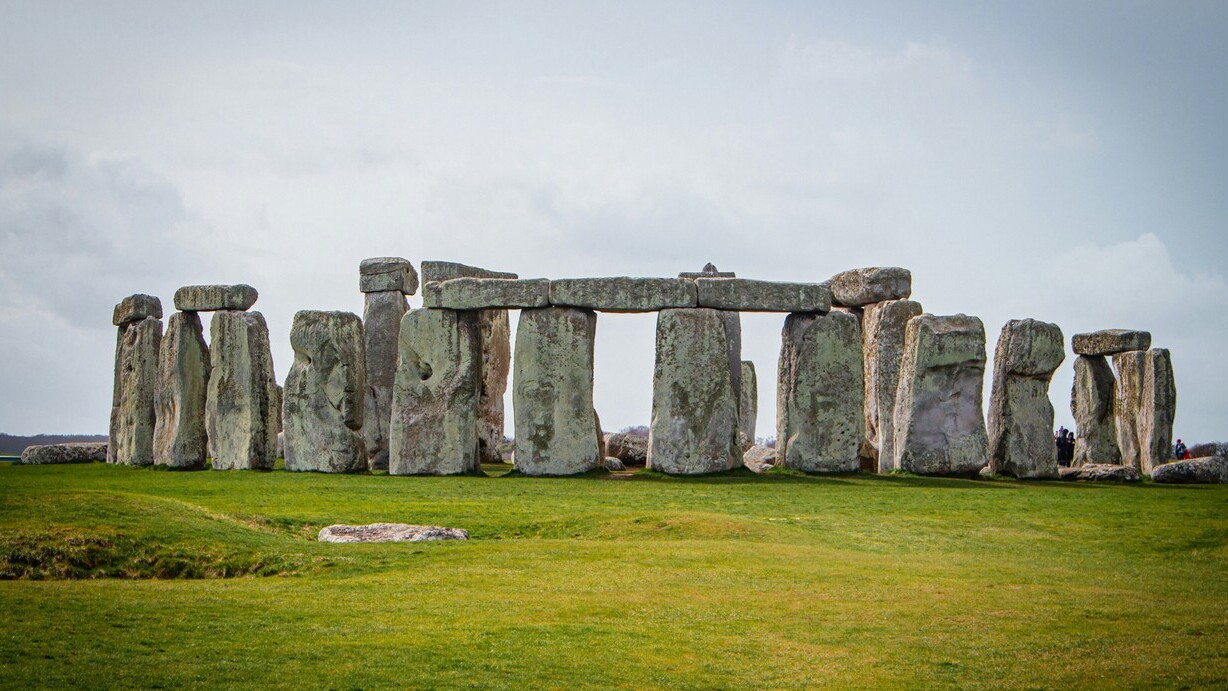Truth & Goodness
The Fall of the Literary Nobel: Why Are Laureates Unread?
14 December 2025

You breathe because of them, you eat because of them, you live because of them. Bacteria, fungi, and viruses form the foundation of life on Earth – yet they are silently disappearing, without headlines, without alarms. Now, scientists want to change that. They propose a revolution: microorganisms should be added to the lists of endangered species on Earth, alongside elephants, tigers, and whales. Because without them, there will be nothing.
When we talk about nature conservation, tigers, parrots, or ancient trees come to mind. According to some scientists, endangered species on Earth also include organisms invisible to the naked eye, such as bacteria, viruses, archaea, and microscopic fungi. They play a vital role in the functioning of ecosystems. Now, scientists are trying to draw the world’s attention to their importance.
At a meeting at the Scripps Institution of Oceanography in San Diego, biologist Kent Redford emphasized that microorganisms should be protected just like other endangered species on Earth. He gave the example of Bacillus coahuilensis bacteria, found in the waters of Lake Cuatro Ciénegas in Mexico. This is a rare organism that could disappear without a trace. The problem is that no one outside of microbiologists would notice.
Redford points out that traditional nature conservation focuses on maintaining known species and habitats. Meanwhile, microbes “don’t behave like they used to. They’re changing, moving, and borrowing,” he explains in an interview with Science.
Jack Gilbert from the University of California San Diego adds that there are as many as 10³¹ types of microorganisms living on our planet. That’s more than stars in the Universe.
“They produce oxygen, colonize our guts, help plants grow, create wine and cheese, and support disease treatment,” the scientist enumerates.
Read more: Green Competencies. Corporate Greenwashing or the Future of the Job Market?

Currently, animals and plants are protected, among other things, based on the IUCN Red List of Threatened Species. This list exclusively covers organisms visible to the naked eye. Microbes are overlooked, even though they also belong to the endangered species on Earth.
The Gordon and Betty Moore Foundation supported this initiative, donating $100,000 for the group’s development. Its task will include creating a catalog of microbiologically significant sites, such as Yellowstone’s hot springs, deep-sea vents, or Lake Cuatro Ciénegas.
“These are places that tell a different story of life than the rest of Earth,” Redford notes.
In his assessment, microorganisms from these regions may be closely related to the first life forms on our planet. Their loss would be a blow to our understanding of evolution, and thus to the broader protection of endangered species on Earth. Collecting genetic data and creating digital “microorganism banks” could be one solution.
“You don’t have to cultivate them – just sequence the DNA and secure it digitally,” Redford says.
This model of protection has not been applied in nature before, but according to scientists, it could play a groundbreaking role. Interestingly, a similar concept is already functioning. There’s a “frozen zoo” in San Diego, and a global seed bank is stored in Svalbard. Now, a similar fate may await microorganisms. It’s important to remember that although invisible, they also belong to the endangered species on Earth.
See also: A New Opening of Science. The Struggle for Access to Knowledge Goes On
Microorganisms have had a bad reputation for decades, associated with diseases and other threats. Meanwhile, the truth is different. Only a tiny fraction of microorganisms harm humans. The rest co-create our world.
“It’s not about protecting pathogens, but diseases are part of the biological balance. Our health depends on the balance between beneficial and dangerous microbes,” the researcher explains.
At the upcoming World Conservation Congress in Abu Dhabi, scientists want to present concrete demands. The goal is to create a list of places where invisible microbes will be recognized as a common heritage, just as national parks are today.
“We want the world to understand that endangered species on Earth don’t end with large mammals. Microorganisms also deserve protection. Because without them, much more than just them will disappear,” Redford emphasizes.
Perhaps establishing a microorganism conservation center, modeled after the Global Seed Bank in Svalbard, would be an appropriate solution? Then, microbes could have their conservation centers where they would be collected for the future before they disappear forever. This could be another step in broadening the definition of what it truly means to protect endangered species on Earth. Perhaps it’s worth starting with what we can’t see.
Read this artile in Polish: Naukowcy biją na alarm. Giną mikroorganizmy produkujące tlen

Science
13 December 2025


Zmień tryb na ciemny